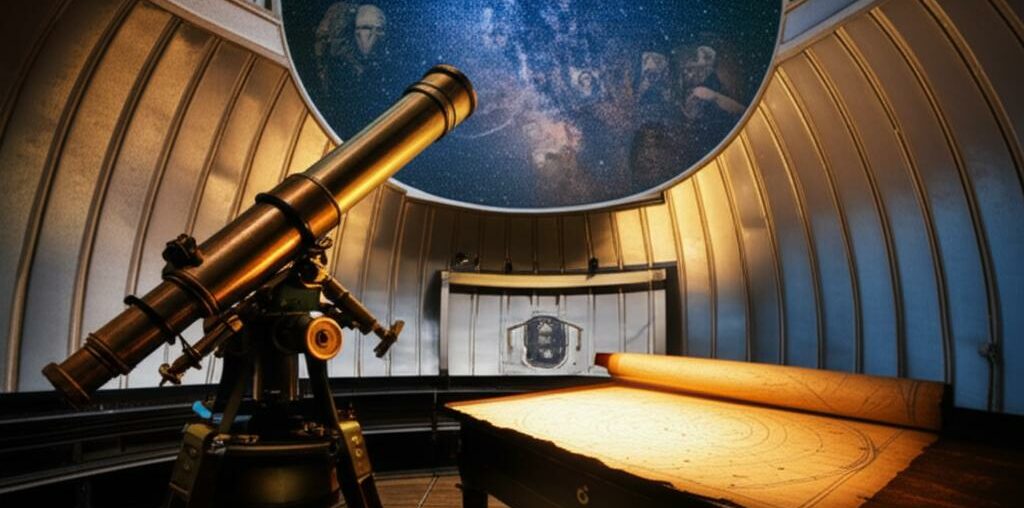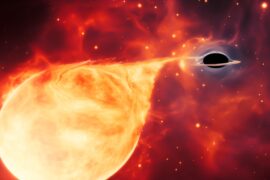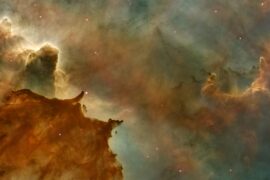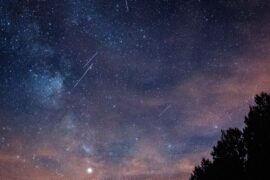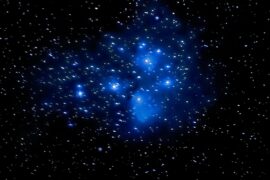In 1543, Nicolaus Copernicus published De revolutionibus, a book that quietly toppled a worldview and set the stage for modern astronomy.
These profiles look at ten observers and theorists whose observations, laws, or methods changed how we measure the sky — from cosmological scale to stellar composition — and explain why their work still matters. The list of most important astronomers below traces a path from ancient geocentric synthesis through the telescope age to modern puzzles like dark matter.
Foundations: Ancient to Renaissance
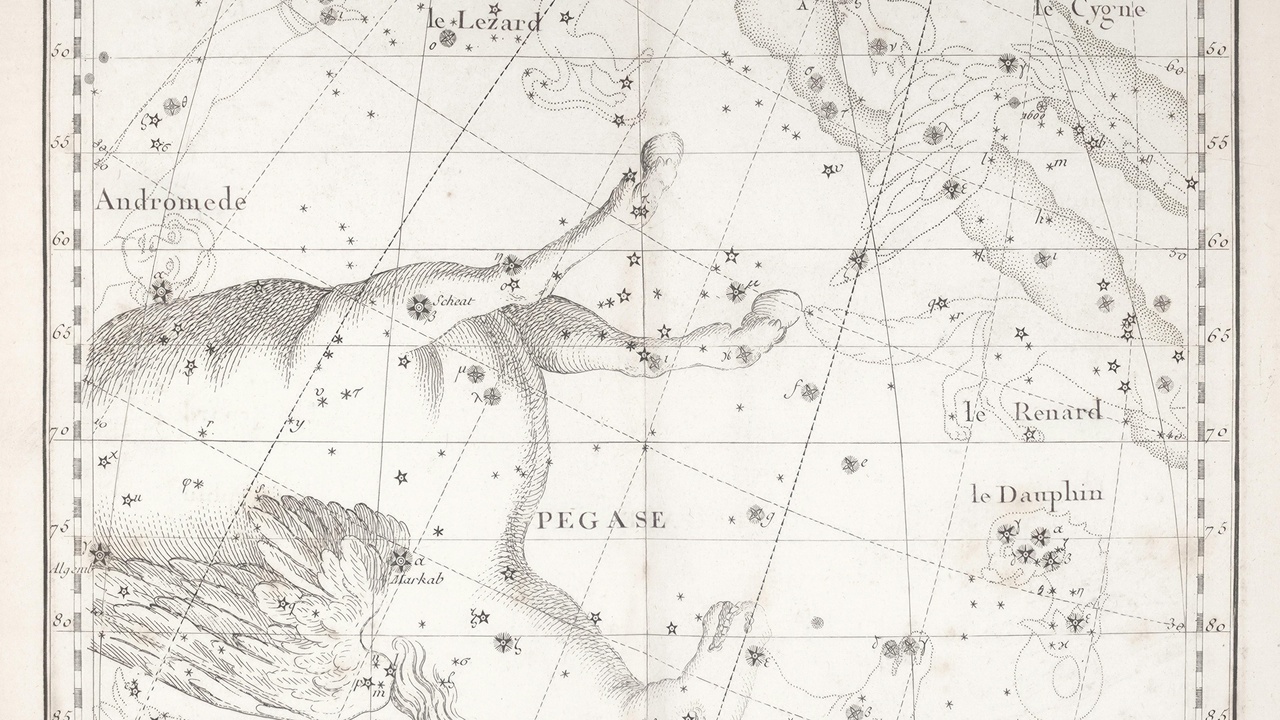
For well over a millennium, the heavens were described by comprehensive frameworks rather than isolated measurements. Ancient models placed Earth at the center and used geometric constructions to predict planetary positions; those frameworks were practical tools for timekeeping, navigation, and ritual life across cultures.
Renaissance scholars recovered and critiqued the Greek and Arabic traditions, setting up an intellectual crossroads. Publication dates mattered: Ptolemy’s Almagest circulated from the 2nd century, while Copernicus’s De revolutionibus (1543) began a slow cultural and scientific shift that would later be tested by telescopes and precise measurement.
Institutions shaped how these ideas spread. Universities, religious authorities, and maritime navigators all used astronomical tables and star catalogs, so models had both scholarly influence and real-world applications in calendar reform and sea travel.
1. Claudius Ptolemy (c. 100–170) — Geocentric Synthesis
Ptolemy’s Almagest codified a geocentric system that remained the authoritative textbook for roughly 1,400 years. Written around the 2nd century CE, the Almagest presented a sophisticated mathematical model using circles-on-circles — deferents and epicycles — to match planetary paths.
Beyond abstract theory, the work included a Greek star catalog and numerical algorithms used by later astronomers. The Almagest was translated into Arabic and later into Latin, making it central to Islamic astronomers and medieval European scholars who used it for navigation, calendar calculations, and even astrology.
Its institutional influence is striking: universities taught Ptolemaic methods, and manuscript transmission kept the model alive until observational and conceptual challenges in the Renaissance led scholars to look for alternatives.
2. Nicolaus Copernicus (1473–1543) — Heliocentric Model
Copernicus published De revolutionibus in 1543 and proposed a Sun-centered arrangement that reoriented astronomical thinking. His geometric description placed the Sun near the center and arranged planets in simpler order, reducing some epicyclic complexity.
Acceptance was gradual across the 16th and 17th centuries, but Copernicus’s model simplified planetary ordering and paved the way for more accurate theories. De revolutionibus provided the conceptual groundwork that Kepler would convert into precise laws and that Galileo’s observations would help to confirm.
Practically, the heliocentric idea had long-term effects on navigation and calendar reform, and it shifted the terms of scientific debate from authority to observation and calculation.
The Scientific Revolution: Observation and Laws
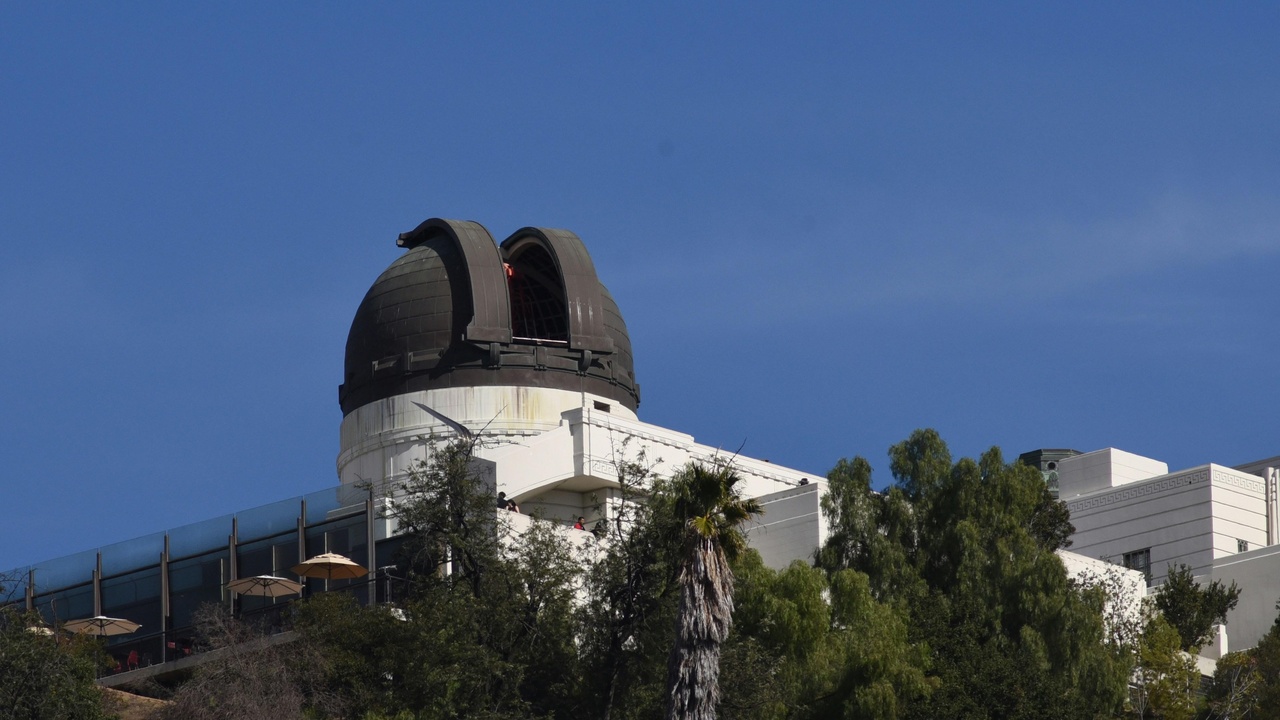
The 17th century turned astronomy into a predictive, quantitative science. Telescopes revealed phenomena no one had expected, and careful record-keeping — Tycho Brahe’s precise measurements, for example — allowed mathematicians to derive general laws.
Key publications mark this shift: Galileo’s Sidereus Nuncius (1610) reported telescopic discoveries; Kepler’s Astronomia Nova (1609) and Harmonices Mundi (1619) produced the laws of planetary motion; and Newton’s Principia (1687) synthesized motion and gravity into a mathematical framework.
These works moved debate from philosophical argument to empirical proof and calculation, and they established methods still used to plan missions and model celestial dynamics today.
3. Galileo Galilei (1564–1642) — Telescope and Observational Proof
Galileo used one of the earliest practical telescopes to collect observations that challenged received cosmology. His Sidereus Nuncius (1610) documented discoveries such as the four largest moons of Jupiter, the rough, cratered surface of the Moon, and the phases of Venus.
Those findings mattered because they contradicted strict geocentrism: Jupiter’s moons circled another center, and Venus’s phases matched a Sun-centered geometry. Galileo’s telescopic sketches and systematic reporting showed how instruments could overturn long-standing beliefs.
Galileo’s work also had social consequences — his 1633 trial highlights the intersection of science, religion, and politics — and it helped establish the use of experiment and observation as central to natural philosophy.
4. Johannes Kepler (1571–1630) — Laws of Planetary Motion
Kepler transformed Tycho Brahe’s painstaking observations into three quantitative laws that describe planetary motion. Astronomia Nova (1609) laid out the first two laws — that planets move on ellipses and sweep out equal areas in equal times — and Harmonices Mundi (1619) introduced the third, relating orbital period to distance.
Kepler’s first law replaced circular epicycles with ellipses; his second law quantified orbital speed variations; his third law gave a precise relation (P^2 ∝ a^3) between period P and semi-major axis a. These laws are used today in orbital mechanics for spacecraft trajectories and satellite positioning.
Kepler’s analysis of Mars’s eccentric orbit was a concrete demonstration: matching Brahe’s data required abandoning perfect circles and embracing ellipses, a decisive move toward modern dynamics.
5. Isaac Newton (1643–1727) — Gravity and Celestial Mechanics
Newton unified terrestrial and celestial motion with the law of universal gravitation in his Philosophiae Naturalis Principia Mathematica (1687). The inverse-square gravitational force explained Kepler’s empirical laws and permitted precise prediction of planetary perturbations and cometary paths.
Newtonian mechanics became the practical basis for later engineering: predicting tides, calculating orbits, and enabling early spaceflight. The Principia’s 1687 publication marked a turning point in applying mathematics to physical reality.
Even now, Newton’s laws underlie routine orbital calculations, though relativistic corrections are required for the most demanding applications.
19th-Century Advances and Stellar Astronomy
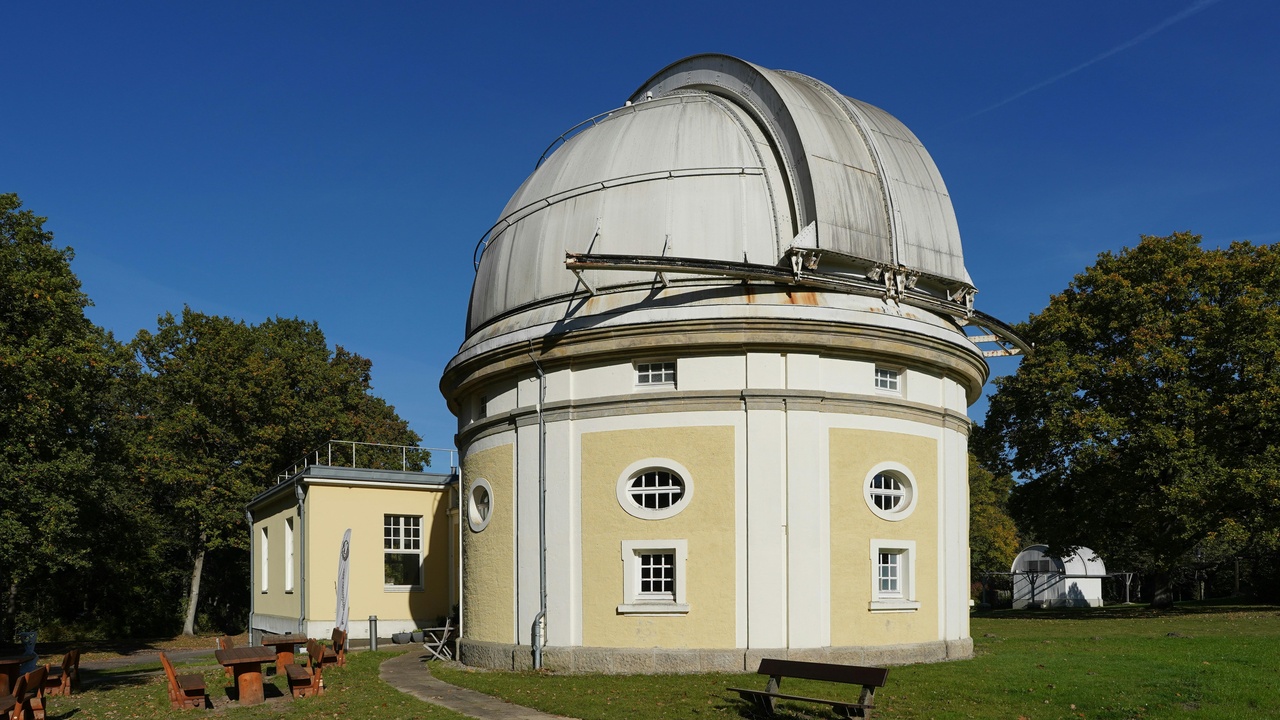
The 19th century stretched astronomy beyond the solar system. Observers discovered new planets, measured stellar distances, and developed photometric and spectroscopic techniques that turned stars into physical objects with measurable properties.
Important milestones include Herschel’s discovery of Uranus (1781), Bessel’s first reliable parallax measurement (1838), and the early 20th-century work on Cepheid variables (c.1908–1912). Together, these advances established an empirical scale and enabled calculations of intrinsic brightness and stellar physics.
With larger telescopes and better detectors, astronomers moved from cataloging positions to measuring distances, luminosities, and compositions — the foundations of modern astrophysics.
6. William Herschel (1738–1822) — Deep-Sky Discovery and Uranus
William Herschel expanded telescopic surveys and discovered Uranus in 1781, the first planet found with a telescope. That discovery extended the known solar system and demonstrated the power of methodical sky searches.
Herschel also catalogued thousands of nebulae and double stars and built progressively larger reflecting telescopes — famously a 40-foot instrument — to see fainter objects. Caroline Herschel, his sister, contributed several comet discoveries and helped compile catalogs.
Their work influenced survey methods and instrument design, shifting observational astronomy toward systematic mapping of the deep sky.
7. Friedrich Bessel (1784–1846) — First Stellar Parallax
Friedrich Bessel made the first reliable stellar parallax measurement in 1838 for the star 61 Cygni, producing a direct distance scale beyond the solar system. By measuring tiny annual shifts in position against background stars, Bessel converted angular parallax into distance in parsecs.
Bessel reported a parallax of about 0.314 arcseconds for 61 Cygni, which corresponds to roughly 3.18 parsecs (about 10.4 light-years). That result proved that stars were at vast, measurable distances and allowed astronomers to compute absolute luminosities.
Parallax remains the first rung of the cosmic distance ladder and underpins all later distance estimates, from Cepheids to Type Ia supernovae.
8. Henrietta Swan Leavitt (1868–1921) — Cepheids and the Distance Ladder
Working at Harvard in the early 20th century, Henrietta Leavitt discovered the period-luminosity relation for Cepheid variable stars (roughly c.1908–1912). By comparing Cepheids in the Small Magellanic Cloud, she showed that longer-period Cepheids are intrinsically brighter.
Leavitt’s relation became a critical rung on the cosmic distance ladder: once calibrated, Cepheids let astronomers measure distances to nearby galaxies. Harlow Shapley used Cepheid data to estimate the size of our galaxy, and Edwin Hubble later applied Cepheids to show Andromeda lay well outside the Milky Way.
Her discovery converted variable-star observations into a practical tool for mapping the universe’s scale.
20th Century to Present: Expanding the Cosmos
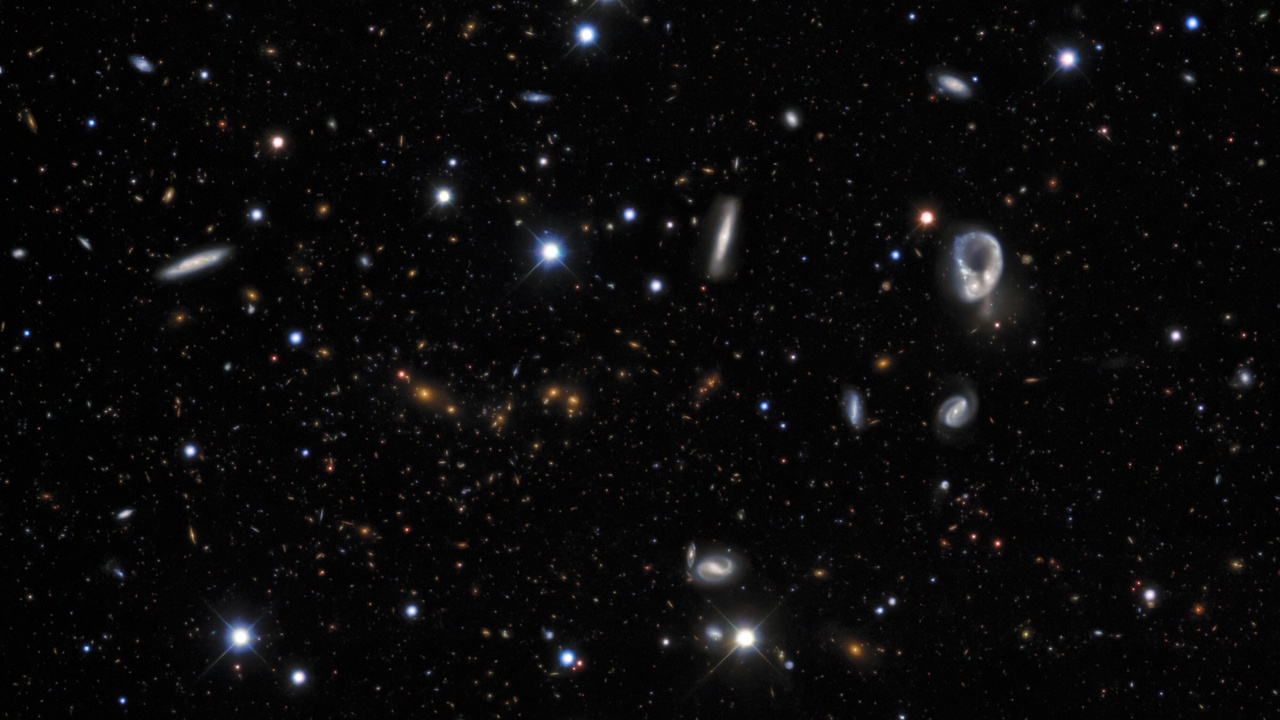
The 20th century revealed that the universe is far larger and stranger than anyone imagined. Observations showed that “spiral nebulae” are separate galaxies and that the cosmos is expanding; later work exposed a profound discrepancy between visible matter and the mass inferred from dynamics.
Key years include Hubble’s distance measurements in 1923–24 and his 1929 velocity–distance relation, plus Vera Rubin’s rotation-curve studies in the 1970s that strengthened the case for dark matter. These findings reshaped cosmology and prompted decades of observational and theoretical work.
Modern consequences include funding large redshift surveys (e.g., SDSS), building space telescopes like Hubble, and launching experimental programs in particle physics and astrophysics to seek the universe’s missing mass.
9. Edwin Hubble (1889–1953) — Galaxies and Cosmic Expansion
Edwin Hubble showed that the Andromeda “nebula” was actually a separate galaxy by identifying Cepheid variables in M31 during 1923–24, giving a distance far beyond the Milky Way. That measurement settled a major debate about the scale of the universe.
In 1929 Hubble published a correlation between galaxies’ redshifts and their distances — now called Hubble’s law — which implied systematic recession and cosmic expansion. Early estimates of the Hubble constant varied, but the qualitative conclusion that space was expanding led directly to modern Big Bang cosmology.
Hubble’s work also motivated large extragalactic surveys and space-based observatories that continue to refine expansion measurements and probe galaxy evolution.
10. Vera Rubin (1928–2016) — Galactic Rotation Curves and Dark Matter
In the 1970s Vera Rubin and collaborators measured rotation curves for spiral galaxies and found that orbital speeds remain roughly constant at large radii instead of falling off in a Keplerian fashion. Those “flat” rotation curves implied significant unseen mass in galactic halos.
Rubin’s systematic observations provided robust dynamical evidence that most matter in galaxies — and likely the universe — is non-luminous. Modern cosmology estimates that about 85% of matter is dark, a finding that has driven particle-physics searches and astronomical surveys for decades.
The implications are broad: theories of galaxy formation, cosmological simulations, and experiments (direct-detection detectors, collider searches) all trace back to the rotation-curve anomaly Rubin helped quantify.
Summary
- Paradigm shifts came at identifiable moments: De revolutionibus (1543) reframed Earth’s place, Principia (1687) unified mechanics, parallax (1838) gave distance, Hubble’s law (1929) revealed expansion, and Rubin’s rotation curves (1970s) exposed missing mass.
- Concrete measurements transformed scale and content: Bessel’s 61 Cygni parallax, Leavitt’s Cepheid period-luminosity relation (c.1908–1912), Hubble’s Cepheid distances (1923–24), and Hubble’s 1929 velocity–distance relation.
- Techniques mattered as much as individuals: telescopes, careful positional catalogs, photometry, spectroscopy, and long-term surveys turned descriptive astronomy into quantitative astrophysics.
- The puzzles continue. Evidence from Rubin’s rotation curves pushed dark matter to the center of research agendas, and current observatories and detectors keep probing the universe’s missing components and its expansion history.
- Explore original sources and collections — De revolutionibus (1543), Sidereus Nuncius (1610), Principia (1687) — and visit modern telescopes or museum archives to see how these landmark observations were made.
Enjoyed this article?
Get daily 10-minute PDFs about astronomy to read before bed!
Sign up for our upcoming micro-learning service where you will learn something new about space and beyond every day while winding down.

